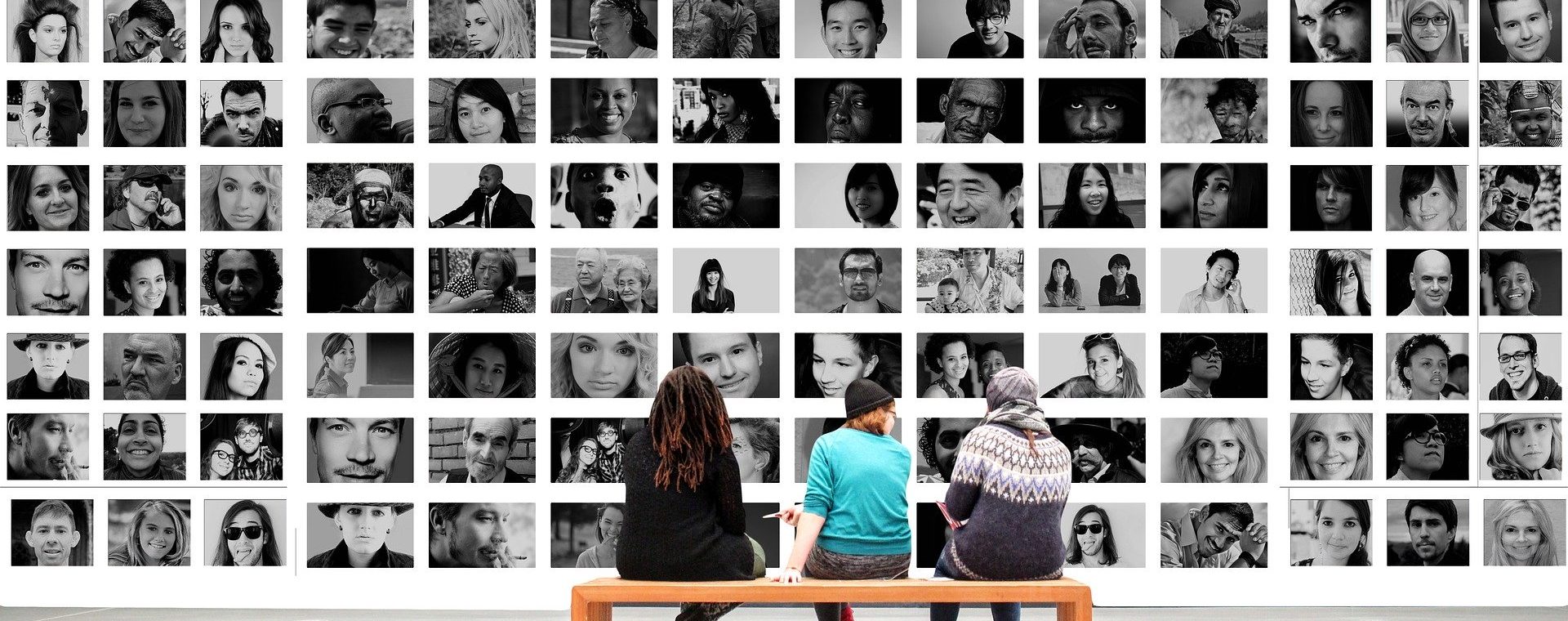
In our interdependent world, there are many challenges that we can tackle together. We need global cooperation more than ever, yet we find we are living an era of tribalism and identity politics. Continuing to neglect the importance of intercultural understanding will prevent us from rising to meet the challenges ahead. We need to rethink how our international society functions, and we can only do so while respecting, appreciating, and having compassion for each other. We can dream about new international conventions and agreements, but until we train people to understand and value diversity and the benefits of the confluence of cultures, we won’t be able to create sustainable and effective international cooperation.
Intercultural Education at Work
How can we build intercultural understanding in adults? Team leaders in companies or public institutions can start putting greater emphasis on diversity in the workplace. By using a diversity data-analysis tool like Cultural Infusion’s Diversity Atlas, organizations can derive insight into the cultural and demographic diversity of their organization. In most workplaces, people leave their identity at the door, thinking beliefs and traditions are not for the business world. But how are we going to build empathy for people that are different from us if we never talk about it?
Diversity Atlas scores four pillars of culture:
- Country of birth and ancestry going back two generations
- Ethnicity (shared ideas of tradition and culture)
- Worldview or religion
- Languages
These insights help organizations create culturally responsive policies while also encouraging conversations that create deep human connections needed to build inclusive organizational cultures.
Intercultural Education at School
We need to teach children and teens, the leaders of the future, the value of empathy, understanding, and care. Cultural Infusion’s diversity programs teach thousands of students every year to appreciate and respect other’s cultures, building the foundations of a harmonious world. We bring together cultural artists and educators who, through the medium of the arts, help raise students’ awareness about their and others’ cultures. Schools across Australia can give students an in-person, creative experience that immerses students in cultural diversity, and provides interpersonal contact, which is critical to breaking down boundaries, creating familiarity, and instilling value and appreciation for the benefits of cultural diversity.
Let’s Get Practical
Educational tools like Learning Lands can be used remotely to explain a variety of subjects with the intersectional lens of interculturality. Sound Infusion allows students to create music using over 5,000 samples from 75 countries and 125 instruments, while teachers can use over 50 lesson plans with cultural information resources to guide learning.
Let’s focus on Joko’s World, a suite of mobile games and interactive stories that incorporates music, history, geography, and culture, and is centered around a blue nightingale. The theory of change behind this game builds on Piagetian theory, which suggests that children will enjoy the active use of these types of games and therefore develop long-lasting concepts about other cultures. An analysis of Vygotskian theory of the role of play in development suggests that young schoolchildren can develop a positive affinity for other cultures by playing Joko’s World games.
Behavioral science also hints at the utilization of educational games to improve motivation, ability, and to produce a positive change in behavior. Teachers can use Joko’s World in a variety of ways, for instance at the beginning of a class to introduce the content that will be learned that day. Following Skinner’s school of thought, it can also be used as an entertaining reward for early completion of work. Students can be prompted to exchange ideas about parts of the game or induce creative thinking with questions such as: “Now that you have played this game, write a letter to me saying why you want to go overseas to this festival.”
While COVID-19 is taking away thousands of lives and destroying economies, it is also allowing us to realize that we all need each other. We are in this together. Helping one another is not only the morally correct thing to do, but it is also a pragmatic way to solve our shared global problems. We can continue with business as usual and think only in localized terms, or we can change direction so that all humans can survive and thrive. Intercultural education is an urgent and important step in this direction.
References:
- Sinclair, H., & Kamii, C. (1970). Some implications of Piaget’s theory for teaching young children. The School Review, 169-183.
- Vygotsky, L. S. (1967). Play and its role in the mental development of the child. Soviet Psychology, 5(3), 6-18.
- Skinner, B. F. (1984). The shame of American education. American Psychologist, 39(9), 947–954.


